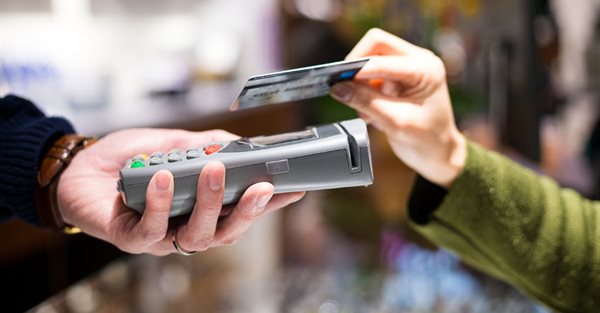
The main contributors to growth were: all 'other' retailers (8,9%); retailers in household furniture, appliances and equipment (4,7%); and retailers in textiles, clothing, footwear and leather goods (1,5%).
Siphamandla Mkhwanazi, senior economist at FNB, says the February spike in the “Other” category was driven by increasing online sales in SA, as well as demand related to Valentine’s Day, including sales of jewellery and watches. By contrast, Pharmaceuticals and retailers of Hardware and paint saw their sales volumes decline by 2% and 0.5% y/y respectively in January.
Seasonally adjusted retail trade sales declined by 0.4% m/m, from an increase of 0.5% m/m in January (revised down from 0.9%). Retail sales inflation remained low, averaging just 2.9% y/y in February.
"We note that retail sales inflation has not broken above the 3% mark in over 30 months. This depicts a muted consumer demand environment, and is consistent with rising unemployment, slowing income growth and depressed consumer sentiment," comments Mkhwanazi.
The February data does not take into account the impact of the lockdown, which was only instituted in March.
Looking ahead, Mkhwanazi says FNB expects a spike in the March volume sales to reflect a wave of panic buying by SA consumers in anticipation of the national lockdown.
"Over the medium term, however, we expect consumer spending to take a significant knock due to lockdown restrictions, loss of income because of the pandemic and heightened uncertainty, which could result in an increase in precautionary savings by high-income households.
"This view is supported by SA’s mobility data, which shows that foot traffic to grocery shops and pharmacies spiked in anticipation of lockdown restrictions (“panic buying”). During the lockdown period, data shows a collapse in volume (frequency and time spent in the shop) of these trips, which we read as an indication of muted shopping activity. This is further supported by internal card transactions data, which shows a spike in spending in the days before lockdown, and a sharp decline afterwards."
Mkhwanazi adds that we can expect a decline in household spending in the medium to longer-term, particularly on “non-essential” goods.
"Nevertheless, there are some factors that could lend support to the consumer during this time. These include aggressively lower interest rates, rising deflationary pressures (including very low oil prices and rental inflation), as well as marginally lower income taxes – which should somewhat boost discretionary income. However, these, in our view, will be counteracted by the impact of a prolonged recession, via weaker labour market outcomes and consumer sentiment shocks."